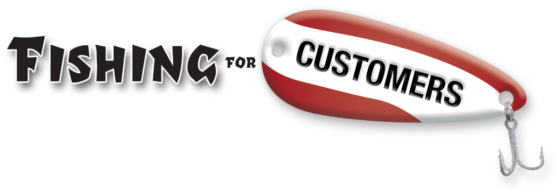 How much are we willing to pay for a non-material experience?
How much are we willing to pay for a non-material experience?
Among the super rich it’s no longer enough to give a loved one a new Maserati GranTourismo (MSRP $110,000). Now, the proper gift is a private concert by the Rolling Stones (MSRP $4,000,000).
Or so I’m told.
Even those of us who are not so rich seem to be more often choosing day spas or trips to Italy over the more traditional leisure activities. (When was the last time you went bowling?)
Sociologist Melanie Howard suggests that, as people have more expendable income and more options, we are, as a society, hauling ourselves up Maslow’s hierarchy of needs toward the apex of self-actualization.
She says, “There’s this emerging idea of ourselves as projects — we are no longer labelled by our education or gender, or born into a social situation that we then play out for the rest of our lives. We can do new things, pick up new skills, learn a new language. Because we’re living longer, we have more time to think about who we really want to be. We are all asking ourselves, ‘How can I get more out of my life?’”
What do we want to be?
Involved, apparently.
A couple of days ago I received this e-mail from Bill Drew, Jr, of New View Options blog:
“Hey Chuck,
Just saw a news report that you were on. Cool! Here is the link: www.News3Online.com
Best,
Bill”
My first thought was that this was a co-incidence, one of several other Chuck McKays which includes a high school English teacher, a medical doctor, and the disc jockey from CKLW.
Then the disclaimer popped up to explain the hoax, and offered to help me perpetuate it on my friends.
But my second thought was, “Wow. They customized this experience for me eight times in slightly less than two minutes.”
It’s the Personal Experience Factor.
It’s exactly the topic my colleague, Mike Dandridge, speaks and writes about.
It was through Mike that I first learned of the 1999 book, The Experience Economy, by B. Joseph Pine II and James H. Gilmore. He drew my attention to Pine’s and Gilmore’s observation that the price of coffee depends largely upon the way it’s delivered to the consumer.
“Consider, however, a true commodity: the coffee bean. Companies that harvest coffee or trade it on the futures market receive — at the time of this writing — a little more than $1 a pound, which translates into one or two cents a cup. When a manufacturer grinds, packages, and sells those same beans in a grocery store, turning them into a good, the price to a consumer jumps to between 5 and 25 cents a cup (depending on brand and package size). Brew the ground beans in a run-of-the-mill diner, corner coffee shop, or bodega, and that service now sells for 50 cents to a dollar a cup.
“So depending on what a business does with it, coffee can be any of three economic offerings — commodity, good, or service — with three distinct ranges of value customers attach to the offering. But wait: Serve that same coffee in a five-star restaurant or expresso bar, where the ordering, creation, and consumption of the cup embodies a heightened ambience or sense of theatre, and consumers gladly pay anywhere from $2 to $5 for each cup. Businesses that ascend to this fourth level of value establish a distinctive experience that envelops the purchase of coffee, increasing its value (and therefore its price) by two orders of magnitude over the original commodity.”
Its time to stop selling simple “services.”
Highly profitable companies are those which sell those services as individual experiences. Those which sell at retail assume their “guests” will want to purchase mementos which remind them of a specific experience.
Walt Disney Company has been the shining example of selling the experience since the opening of their first theme park in 1955. Progressive Corporation makes both the purchase of vehicle insurance, and the settling of claims an experience. Check out their web site to get a feel for the purchase, then imagine the effect their claims adjusters have on accident victims when they show up with a van designed to calm them. Refreshments, mobile phones, and someone to arrange to have your vehicle towed and repaired, perhaps even to set up overnight accomodation for you if necessary. Want to visit Apple’s stores in Great Britain? Use their “online concierge” to plan the trip. Apple sells much more than iPods and Macs. Apple now sells hospitality. In other words, an experience. Pizza Hut offers to host your child’s birthday party. In addition to feeding the birthday party, they provide birthday cake and other amusements.
And this is perhaps the way to mass produce individual experiences. Treat the whole company as theatre. Treat the underlying goods and services as props.
Can you do this with your customers?
Can you stop focusing on delivering a less expensive widget, and instead deliver a memorable experience, of which the purchase of the widget is only one of the steps?
Can you, like the practical joke nominating Chuck McKay for President, embed simple customizations into your presentation, and customize your experience for each shopper?
__________
Chuck McKay is a marketing consultant who helps customers discover you, and choose your business. Questions about creating individual customer experiences may be directed to ChuckMcKay@ChuckMcKayOnLine.com.
